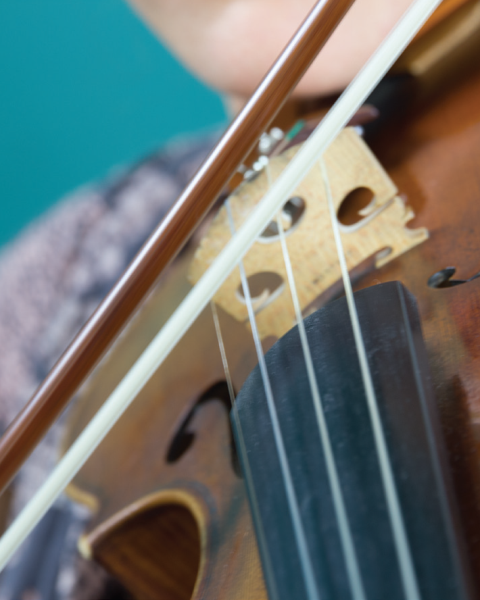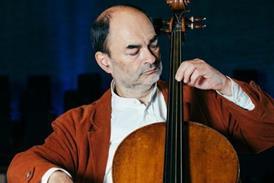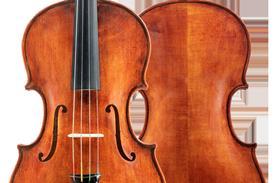Musicans often find that a difficult passage has been magically solved upon returning to it the next day, writes Rok Klopčič

Students and teachers have long been aware that some problems are solved after the end of the practice session. This can be observed both after short intervals (after daily practice) and after longer periods of abstaining from the piece – or technical problem – in question.
This phenomenon, often called ‘settling down’, ‘sinking in’, ‘maturing’, ‘getting the right perspective’ and so on, was summed up most concisely by plastic and reconstrutive surgeon Hunter Fry, who introduced the term ‘after-processing’. Fry defines this as ‘some kind of useful processing which quietly occurs between the two practice sessions’. The musician resumes practice of the work or part of it, and finds that it has ‘magically’ become easier or their performance more accurate than it was the previous day, demonstrating the significance of after-processing in the learning curve. It is quite possible that David Oistrakh was aware of this phenomenon, as he reportedly warned his students not to strive – presumably during their practice sessions – too hard for perfection.
Could we speculate that after-processing not only works to perfect, order and build the multitude of different notes and phrases in our musical and kinetic memories, but also to subconsciously implant the musical substance of the composition with our feelings, ideas and sensitivities? We ourselves might not be fully acquainted with, or even aware of them, but coming from the depths of our soul, they constitute the most precious element of our art – its individuality and uniqueness.
A pedagogue who tries to exert control over the smallest subtlety of their student’s playing leaves nothing to after-processing and runs the risk of destroying this most exquisite quality, which for most students is the reward of their endeavours. This type of teacher does not help the student in their artistic development, but is, in all probability, compensating for his own artistic failure – producing nothing but a clone of himself.
Read: ‘Never practise for more than five hours per day’, says violinist Itzhak Perlman
This article was first published as part of a larger feature in The Strad's October 2006 issue.
































No comments yet